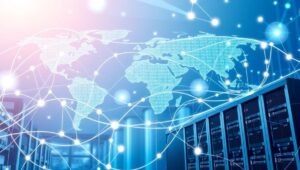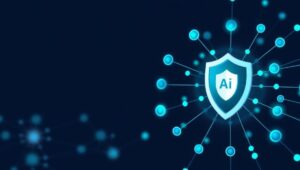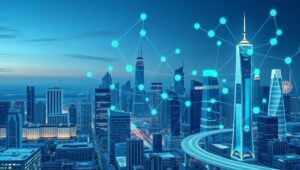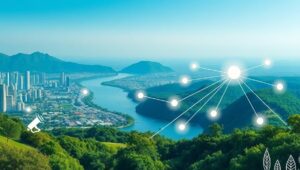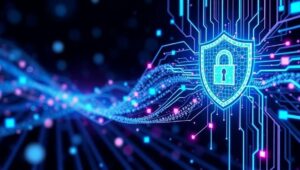The Global Computing Infrastructure: Challenges for 2030
The Global Computing Infrastructure: Challenges for 2030 The global computing infrastructure is the backbone of modern society, supporting everything from communication and commerce to scientific research and critical infrastructure. As we look ahead to 2030, this infrastructure faces a number of significant challenges that must be addressed to ensure its continued reliability, security, and sustainability. Increasing Demand and Resource Constraints One of the primary challenges is the ever-increasing demand for computing resources. The proliferation of IoT devices, the growth of data-intensive applications like AI and machine learning, and the expansion of cloud computing are all driving demand to unprecedented levels.
